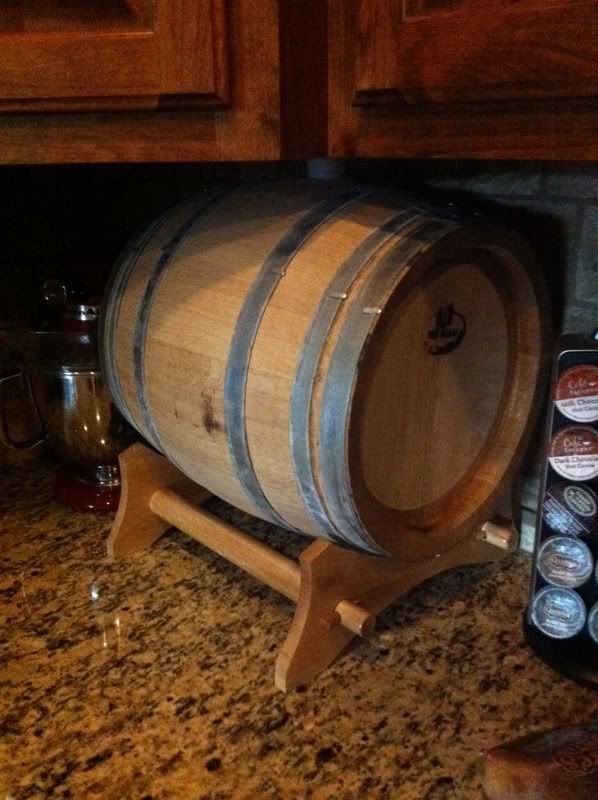The following is enough for me to believe that I should maintain proper SO2 levels DURING surlies. I believe it states that I should add the stabilizing amount of Kmeta as soon as fermentation is complete. (see last sentence)
At:
http://www.brsquared.org/wine/Articles/surlie/surlie.htm
.........................
It is worth noting that the early use of SO2 increases the number of
compounds that bind with later SO2 additions. Excessive SO2 tends to
oppose wood/oak flavours and stunts flavour development, whereas
insufficient SO2 favours premature ageing and flattens the wine.
When malolactic fermentation (MLF) is to take place, extra care must be
taken with sur lie ageing since no (or very little) sulphur dioxide
will/should be present to protect the wine. Sur lie ageing in this
situation does provide some assistance against oxidation (through
oxidative buffering and the fact that some dissolved carbon dioxide will
remain from fermentation), but it also provides a window of opportunity
for the development of unwanted bacteria. The most secure approach is
to inoculate with a MLF culture early on in the ageing process, or
perhaps during alcoholic fermentation itself. Some winemakers, however,
feel that a period of non-SO2 lees contact post MLF can contribute
further complexity to wines. For more information regarding the
connection between MLF, sulphur dioxide and lees contact, see the
MLF article.
In the case of wines which are not to under go MLF, or where a wine has
already completed MLF, it is helpful to maintain suitable sulphur
dioxide levels while sur lie ageing. See the
Sulphur Dioxide article for details.
............................
Of course there will be no MLF for a kit wine.
Thanks, Mike, for bringing up your question about sulfites. I have been unclear on this issue from the beginning and knew I would have to re-address it soon enough.










